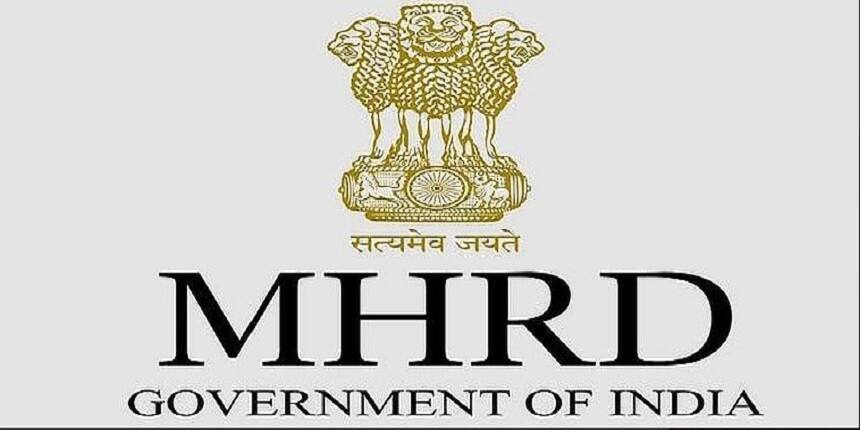HRD Ministry releases roadmap for NCERT for 2020-21 academic year
Abhay Anand | June 24, 2020 | 05:51 PM IST | 2 mins read

NEW DELHI: Preparing infographics to explain learning outcomes (LO), teacher training, collating assessment tools and explaining “hard spots” in the curriculum are all part of the roadmap Union Ministry of Human Resource Development has prepared for the National Council of Educational Research and Training (NCERT) for the academic year 2020-21.
The government has also initiated work on the new National Curriculum Framework (NCF) for school education. As per a statement issued by the Ministry, “NCERT will be expected to make changes in the textbooks in accordance with the new NCF. Subject experts will initiate this process for school education, and give an interim report by December 2020.”
The new roadmap for NCERT has been prepared with a learning outcome-centric approach and NCERT has been tasked to develop the required resources for its implementation leading to all-around improvement in learning outcomes and learning levels of students.
Learning Outcome approach for class 1-10
NCERT has been asked to prepare material explaining learning outcomes for each subject at the primary level, which has to be completed by October 2020. For Classes 6 to 12, it has to be done by March 2021.
Stressing on the importance of online teacher training, teachers for Classes 1 to 5 to be trained in phases by December 2020; and for Classes 6 to 12 in phases by June 2021.
It has also been asked to prepare supplementary academic learning material for the entire curriculum for learners in COVID-19 times, especially those without who have no access to the internet. “At least 10 items or questions each to measure each Learning Outcome of each subject for each grade in at least two levels of proficiency to be prepared for classes 1 to 5 by November 2020; for the rest of the classes by March 2021,” says the statement by MHRD.
New National Curriculum Framework (NCF)
The MHRD has also initiated the new National Curriculum Framework which is expected to be ready by 2021, under which all the textbooks will be redesigned. MHRD has asked the NCERT to ensure that nothing but the core content is placed in textbooks while redesigning the textbooks.
“The cognitive load of the textbooks is too high. Additional areas, such as creative thinking, life skills, Indian ethos, art, and integration, etc. need to be integrated,” reads the statement by MHRD.
It has also been tasked to prepare the content for Class 1 – 12 for SWAYAM PRABHA channels and start the channels by August this year, under AtmaNirbhar Bharat, for PM E-Vidya scheme.
Also read:
- MHRD launches new programme for e-learning, invites contributions
- COVID-19: MHRD launches interactive portal to help students in need
Write to us at news@careers360.com.
Follow us for the latest education news on colleges and universities, admission, courses, exams, research, education policies, study abroad and more..
To get in touch, write to us at news@careers360.com.